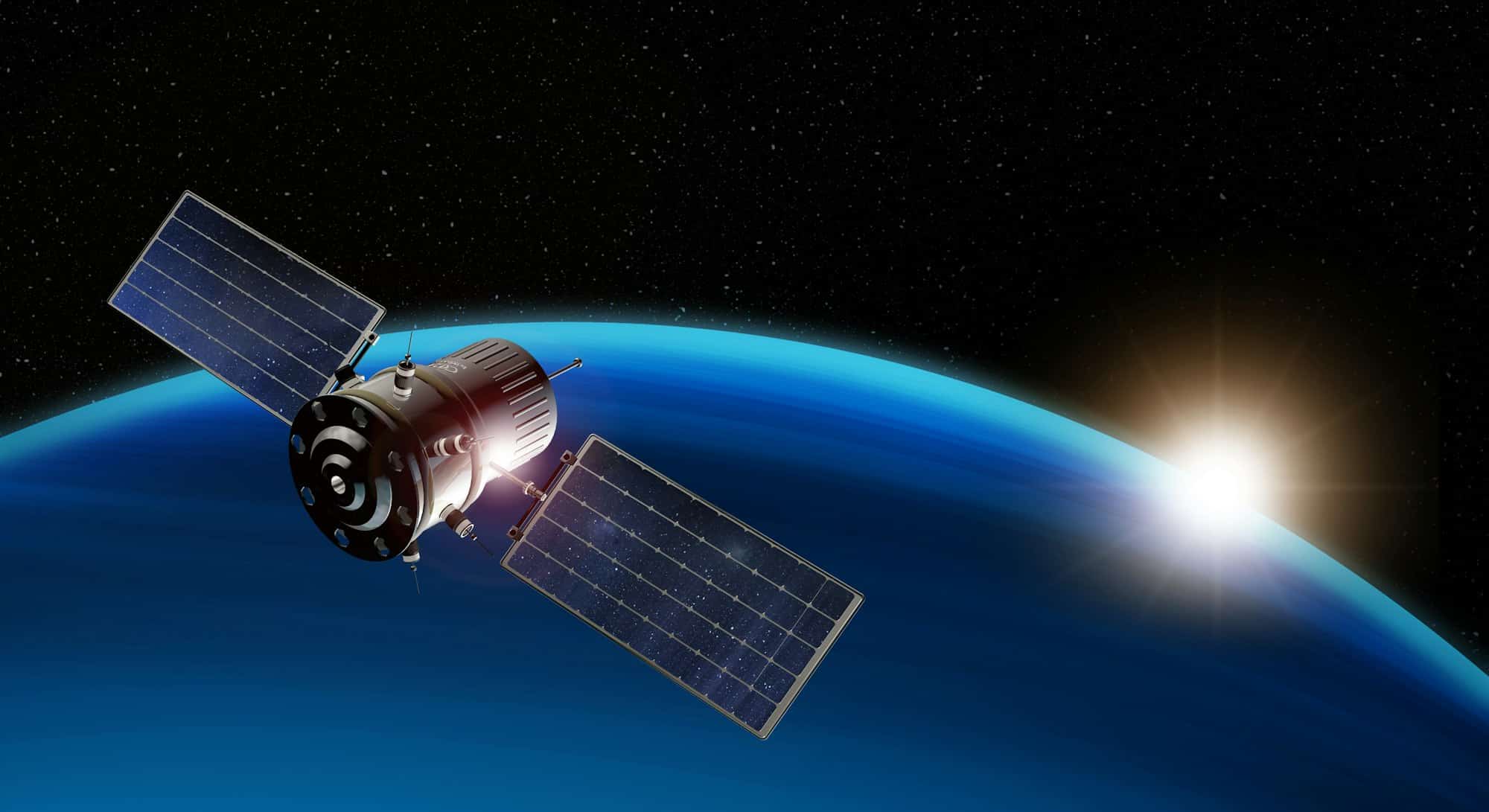The potential of Low Earth Orbit (LEO) satellites to revolutionize global connectivity is, without a doubt, one of the most exciting prospects in the world of technology today. You’ve probably heard the term being mentioned more frequently, as several high-profile companies are vying for a share of this new and exciting satellite technology. But what exactly are LEO satellites, and how could they change the way we access the internet? In this article, we’ll delve deeper into their workings, benefits, and challenges.
The Basics of Low Earth Orbit (LEO) Satellites
Let’s start with the basics. LEO satellites are part of a constellation of satellites that reside in orbit relatively close to the Earth. They usually orbit at altitudes between 400 and 1,200 miles above the Earth’s surface. Because of their proximity, they can provide higher speeds and lower latency (delays) in data transmission than satellites in higher orbits. This makes them ideal for high-speed internet services.
In the same genre : How Are Paper-Thin Loudspeakers Enhancing the Future of Audio Tech?
Several companies, such as SpaceX, OneWeb, and Amazon, are currently deploying these constellations of satellites in the hopes of providing global internet coverage. This would mean that even the most remote corners of the world would have access to fast and reliable internet services.
Revolutionizing Global Internet Connectivity
LEO satellites have the potential to revolutionize how we access the internet. Currently, internet connectivity is facilitated either through a wired connection or via geostationary satellites located 22,236 miles above the Earth. These connections aren’t always reliable and can be expensive to install in remote regions.
This might interest you : Can AI and Drones Work Together for More Efficient Large-Scale Reforestation?
LEO satellites, because of their proximity to the Earth, can provide faster and more reliable internet access. Utilizing a constellation of these satellites, companies aim to create a network that can provide internet coverage anywhere on the planet. This is particularly beneficial for rural and remote areas that currently struggle with poor internet connectivity.
What’s more, these satellites can also provide a more secure connection. Because data travels faster over shorter distances, it’s harder for hackers to intercept and manipulate it. This makes LEO satellite internet a potentially safer option for critical data transmissions.
Impact on IoT and Other Services
The proliferation of LEO satellites is not just about improving internet access. It also has the potential to impact the Internet of Things (IoT), a network of connected devices that communicate and exchange data with each other. With faster and more reliable internet, these devices can operate more effectively and efficiently.
Additionally, other services such as weather forecasting, disaster management, and military operations can also benefit from these satellites. They can provide real-time data and images that can help in decision-making and planning.
The Challenges of LEO Satellites
Despite their potential, deploying LEO satellites isn’t without challenges. For one, launching these satellites into space is expensive. Companies need to launch hundreds, if not thousands, of these satellites to create a constellation that can provide global coverage.
Another issue is the potential for space debris. With more satellites launched into space, the risk of collisions and the creation of space debris increases. This debris could pose a threat to other satellites and even manned space missions.
Lastly, there’s the issue of regulatory hurdles. Companies need to obtain approval from international regulatory bodies to launch and operate these satellites. This can be a lengthy and complex process that could delay the deployment of these satellites.
Looking Ahead: The Future of LEO Satellites
Despite these challenges, it’s clear that LEO satellites hold significant potential for global internet access. As technology advances and the costs of launching satellites decrease, it’s likely we’ll see more and more LEO satellites in our skies. These satellites could potentially usher in a new era of connectivity, making the internet more accessible, faster, and more reliable than ever before.
While it’s still early days for LEO satellite technology, the future is undoubtedly promising. The potential of these satellites to provide global internet coverage could truly revolutionize how we connect with each other and the world around us. However, it’s important to remember that this is a complex and challenging endeavor that will require significant investment, innovation, and regulatory cooperation. As more companies enter this space (no pun intended), we’re excited to see how LEO satellites will shape the future of global connectivity.
Impact of LEO Satellites on the Asia Pacific Region
Focusing our attention on the Asia Pacific region, we see an area of the world where LEO satellite technology could significantly boost global coverage. In many parts of this region, internet access is scarce or inconsistent, especially in remote and rural areas. Here, the implementation of LEO satellites could ensure fast and reliable internet connectivity, contributing to the economic and social development of these regions.
The Asia Pacific region is home to some of the world’s fastest-growing economies. However, many parts of this region still lack access to reliable internet services. LEO satellites orbiting close to the earth’s surface could potentially provide consistent, high-speed internet access to these underserved areas.
Moreover, the LEO satellite constellations could also play a crucial role in disaster management in this region. The Asia Pacific is often subjected to natural disasters, such as typhoons, earthquakes, and tsunamis. Real-time data and images from LEO satellites could help in predicting these disasters and managing their aftermath more effectively.
However, regulations governing the use of space in the Asia Pacific region are complex, and the high cost associated with launching satellites into space could be a significant hurdle. As the demand for internet access grows, it is imperative that companies, governments, and regulatory bodies collaborate to harness the benefits of this technology in a cost-effective manner.
Conclusion: The Path Ahead for LEO Satellites
In conclusion, LEO satellites exhibit immense potential to transform global internet coverage. By providing high-speed, reliable internet access virtually anywhere on Earth, they can bridge the digital divide, particularly in remote and underserved regions like the Asia Pacific.
However, the journey to achieving this ambitious goal is dotted with challenges. High launch costs, space debris, and regulatory hurdles pose significant obstacles. A concerted effort from stakeholders is required to overcome these challenges. Strategies must be formulated to manage space debris, make the satellite launch process more cost-effective, and smooth the regulatory paths.
Moreover, the competition among different players in this sector will also play a significant role in shaping the future of LEO satellite internet. Companies like SpaceX, OneWeb, and Amazon are leading the way in creating satellite constellations in low earth orbit. Their successes and challenges will likely serve as a guide for other companies looking to break into this sector.
While the future of LEO satellites is still unfolding, it’s clear that they represent a significant stride towards achieving global internet coverage. As the world continues to digitize and more people come online, the demand for reliable, accessible, and fast internet will only grow. In this context, the potential of LEO satellites to transform global connectivity cannot be underestimated. As we look to the future, it’s certain that LEO satellite constellations will play an increasingly important role in our connected world.






